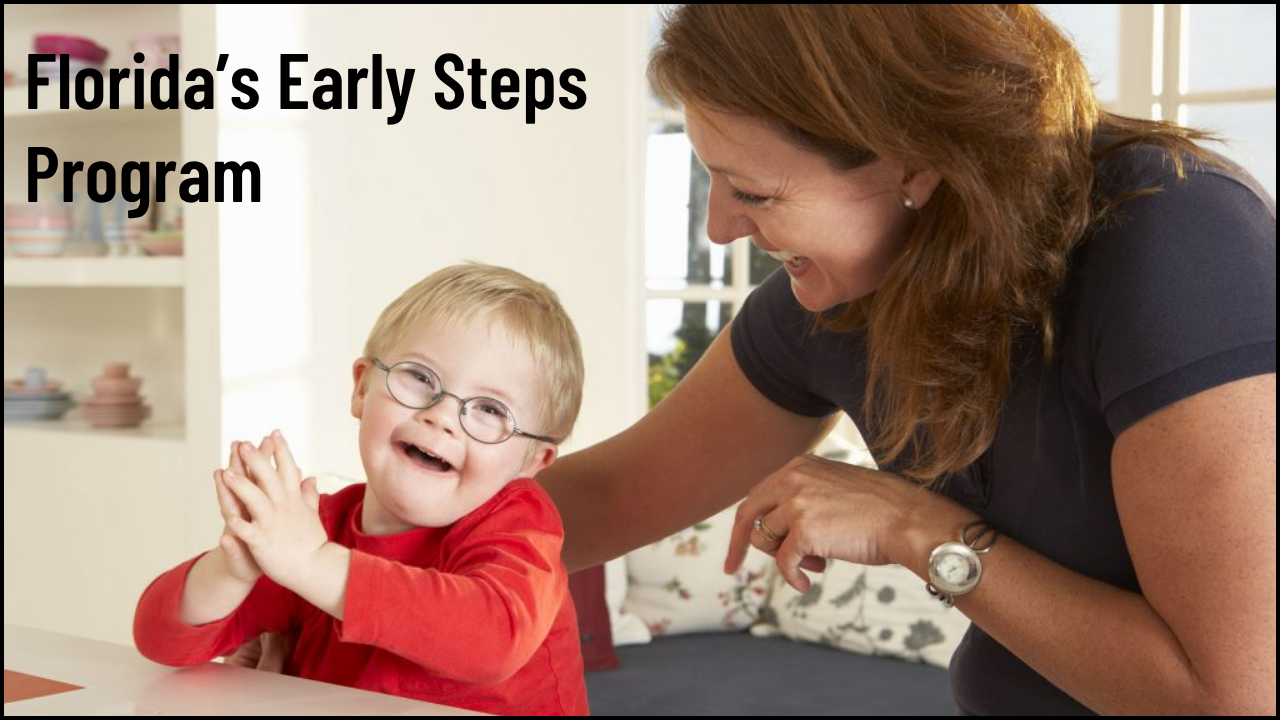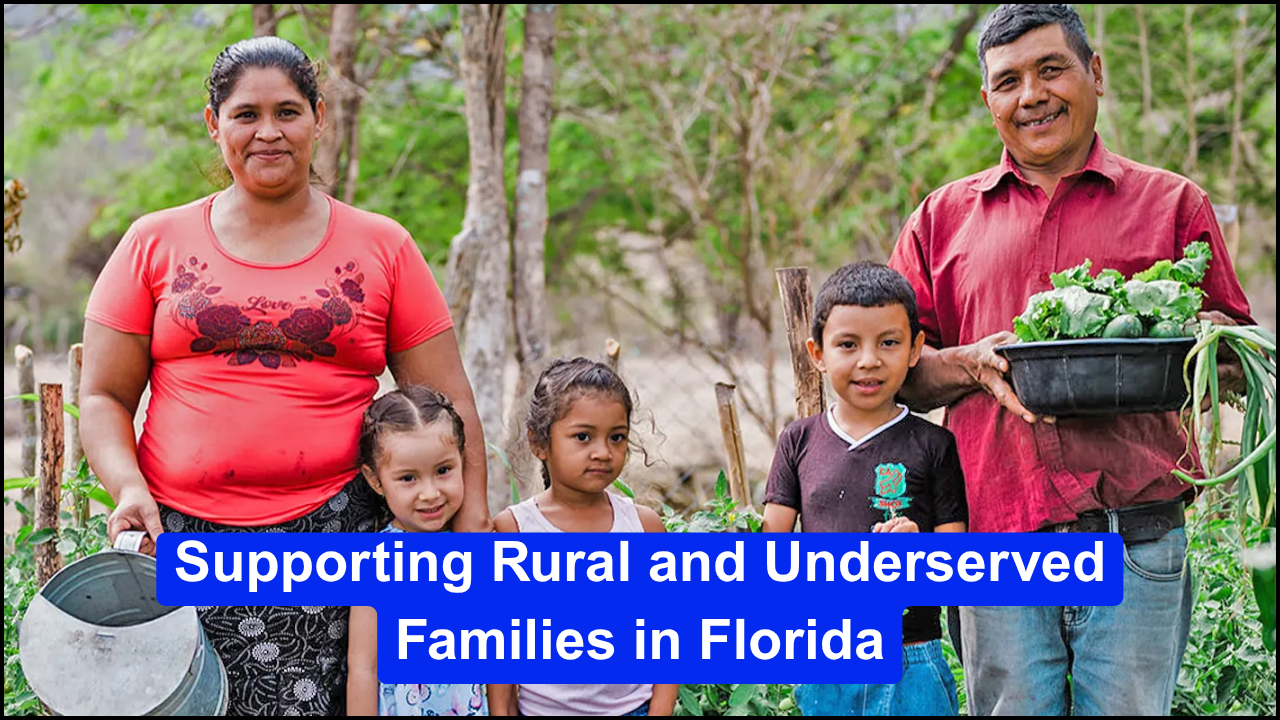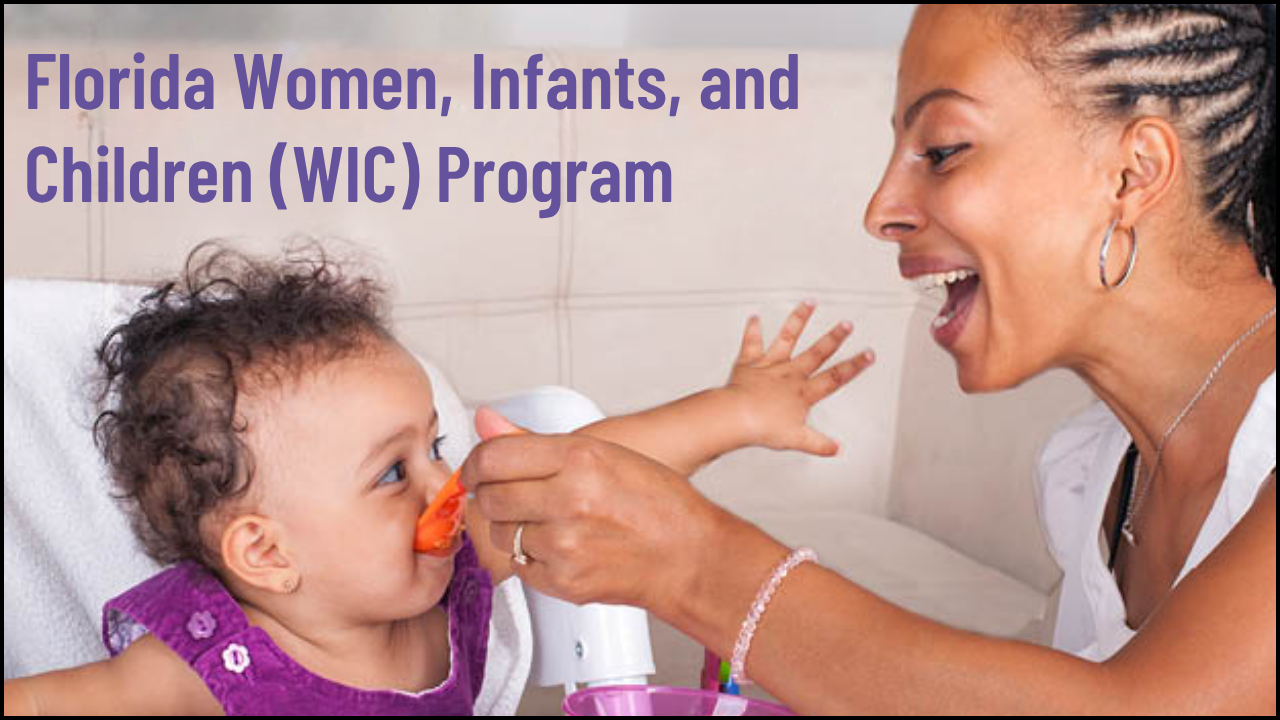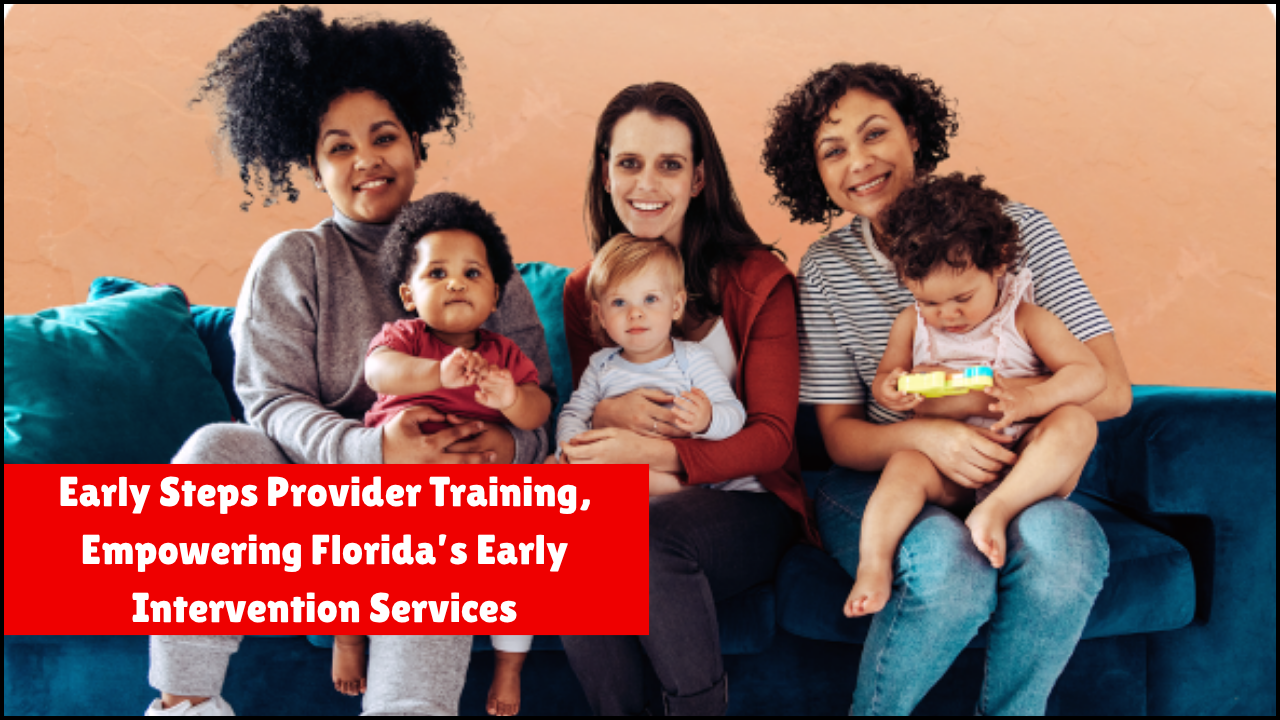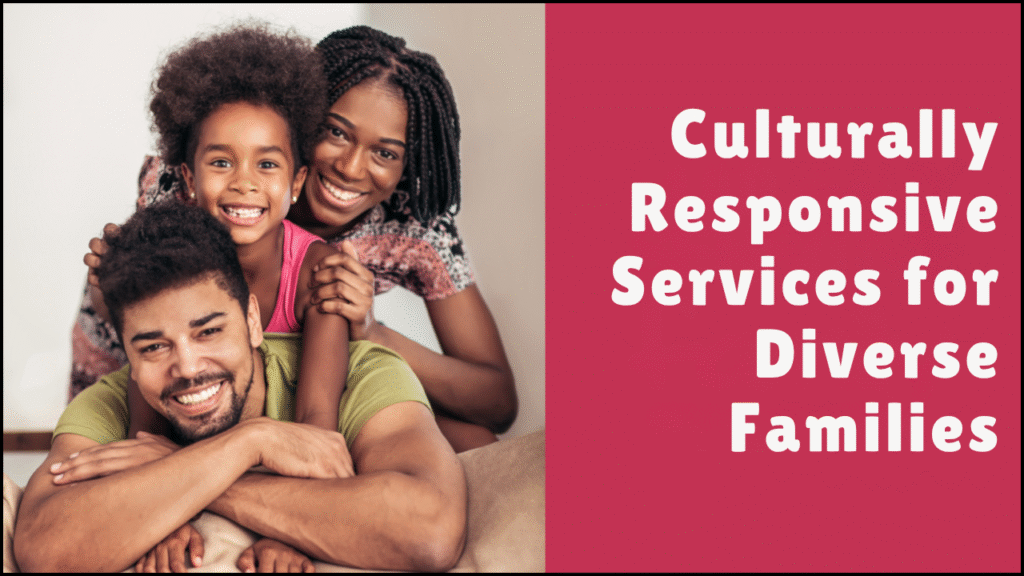
Culturally responsive services have become essential in today’s diverse societies, where families often come from varying ethnic, linguistic, and socio-economic backgrounds. A culturally responsive approach respects each family’s unique cultural identity and integrates it into the delivery of services. Such efforts not only improve access to support systems but also foster trust and collaboration between providers and families. Programs that reflect cultural awareness show higher levels of participation, satisfaction, and effectiveness, particularly in education, healthcare, and social services.
Table of Contents
Key Elements of Culturally Responsive Services
- Cultural Competence
- Service providers understand cultural values, traditions, and communication styles.
- Recognition of cultural influences on behavior, parenting styles, and family dynamics.
- Language Access
- Multilingual support is provided through interpreters, translated materials, and bilingual staff.
- Communication is adjusted to respect linguistic preferences and literacy levels.
- Family-Centered Approach
- Families are seen as partners in decision-making processes.
- Cultural traditions and values guide the planning and implementation of services.
- Community Collaboration
- Partnerships with cultural organizations and local leaders build trust.
- Services are adapted based on community feedback and input.
- Staff Training
- Continuous training on cultural awareness, implicit bias, and equity.
- Training focuses on real-life scenarios and reflection on personal biases.
Challenges in Implementing Culturally Responsive Services
- Systemic Bias
- Institutional racism or unconscious bias may influence service delivery.
- Policies may unintentionally exclude or disadvantage minority groups.
- Lack of Representation
- A limited number of culturally diverse professionals may hinder trust-building.
- Inadequate hiring practices reduce inclusivity within organizations.
- Insufficient Training
- One-time training does not equip staff for long-term, culturally aware practices.
- Training often lacks depth, context, or relevance to frontline work.
- Language Barriers
- Miscommunication can occur due to a lack of translation or interpretation.
- Families may avoid seeking services due to fear of misunderstanding.
Strategies for Improvement
- Diversifying Workforce
- Hiring staff from diverse backgrounds improves relatability and inclusion.
- Recruitment efforts are expanded to include bilingual and bicultural candidates.
- Inclusive Policy Development
- Policies are reviewed for bias and rewritten in collaboration with community representatives.
- Guidelines ensure equitable treatment and culturally informed procedures.
- Ongoing Community Engagement
- Regular forums and meetings give families opportunities to share concerns.
- Continuous dialogue builds service models that reflect cultural needs.
- Flexible Service Models
- Services adapt to family schedules, cultural holidays, and caregiving norms.
- Personalized care plans include cultural practices and traditions.
Benefits of Culturally Responsive Services
| Area | Benefit |
|---|---|
| Education | Increased student engagement, reduced dropout rates, and stronger parent-school ties |
| Healthcare | Improved patient compliance, accurate diagnosis, and greater health outcomes |
| Child Welfare | Fewer placement disruptions and more family reunifications |
| Mental Health | Reduced stigma and more culturally appropriate therapeutic interventions |
| Community Programs | Higher program enrollment and long-term community support |
Role of Cultural Brokers and Liaisons
- Bridging Gaps
- Cultural brokers help interpret cultural behaviors for service providers.
- They build mutual understanding between families and institutions.
- Advocacy
- Cultural liaisons advocate for the inclusion of family values in case planning.
- They ensure services reflect cultural realities, not just institutional guidelines.
- Capacity Building
- They train organizations on cultural protocols and best practices.
- Support is provided during conflicts arising from cultural misunderstandings.
Culturally Responsive Educational Services
| Focus Area | Approach |
|---|---|
| Curriculum Design | Incorporation of diverse histories, authors, and traditions |
| Classroom Environment | Multicultural displays, inclusive language, and respectful discussions |
| Parent Engagement | Meetings held in home languages, celebrating cultural holidays |
| Teacher Training | Programs on bias, cultural identity, and inclusive instruction |
| Student Voice | Encouragement of student stories and expressions of cultural identity |
Culturally Responsive Healthcare Practices
- Patient Intake Forms
- Forms ask about traditional practices, preferred pronouns, and cultural health beliefs.
- Interpreting Services
- On-site and telephonic interpreters are made available at all points of contact.
- Cultural Healing Methods
- Traditional healing practices are acknowledged and integrated where appropriate.
- Health Literacy
- Information is explained using culturally relevant examples and visuals.
Indicators of Effective Cultural Responsiveness
| Indicator | Description |
|---|---|
| Client Satisfaction | High levels of trust and ongoing use of services |
| Reduced Disparities | Lower dropout or disengagement rates among ethnic minorities |
| Positive Outcomes | Measurable improvement in child development, academic scores, or wellness |
| Community Involvement | Strong participation in advisory boards and service planning |
| Staff Retention | Diverse staff report feeling valued and respected |
Ethical Considerations
- Confidentiality
- Cultural norms around privacy are respected while adhering to legal guidelines.
- Informed Consent
- Consent procedures include culturally appropriate explanations and translators.
- Respect for Beliefs
- Providers avoid judgment or imposition of dominant cultural norms.
- Equity over Equality
- Services are adjusted to meet needs fairly, not just uniformly.
Practical Applications in Social Services
- Family Assessments
- Culturally adapted tools evaluate strengths and needs in relevant contexts.
- Home Visits
- Visits are planned around cultural practices such as gender roles or elder authority.
- Support Programs
- Parenting workshops incorporate traditional values alongside evidence-based practices.
- Resource Distribution
- Culturally specific materials are distributed (e.g., diet-based food packages).
Culturally Responsive Leadership
- Vision and Mission
- Organizational mission statements include diversity, equity, and inclusion goals.
- Evaluation Tools
- Regular assessments measure cultural responsiveness using community feedback.
- Leadership Training
- Leaders receive specialized training to handle intercultural staff and client needs.
- Transparency
- Families are informed about their rights and roles in the service process.
Closing Perspectives
Culturally responsive services ensure families from diverse backgrounds are respected, heard, and empowered. These services build stronger, more inclusive systems that reflect the complexities of human identity. Through inclusive policies, staff training, and intentional community engagement, organizations can create sustainable, equitable outcomes that benefit both families and service providers.


